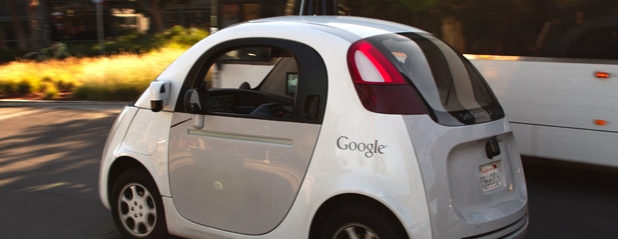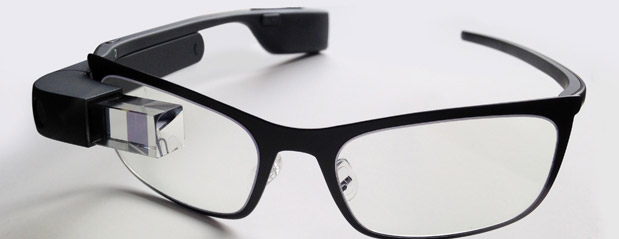Unmanned adventures with Google's new driverless car

Recently Google announced their most recent leap in technological innovation – the driverless car.
It’s an idea that has long been mused over, with BMW and Daimler AG also working on autonomous transport. It poses the theory that if you take away the human element of driving, you can cut out human error and misjudgement and therefore the number of accidents that occur. With five people being killed in car crashes on Britain’s roads everyday, being able to eliminate the human side of driving, although an alien concept, is being heralded as the future way we will travel more safely.
Google’s design is small and bubble like, and doesn’t include a steering wheel – a very strange phenomenon for us to imagine becoming the norm. Although, this may be a long way off as it will take some time to address the legal and regulatory framework surrounding the unmanned car becoming commonplace around the world. The technology will also have to be progressed to ensure that things don’t go wrong if the car loses power, or if there is a technical glitch whilst driving.
Convincing the general public that their car will be in sync with other cars and to trust it completely will also take time, as well as 100% accurate testing happening continuously to rule out any inaccuracies.
In the meantime, other companies are making larger scale advancements with the same technology. Rolls-Royce has just announced that it plans to create a fleet of remote controlled cargo ships in the next decade with no captain or crew on board, believing them to be cheaper, greener and safer than ships sailed with a team.
Instead of working from the bridge of a ship, and concentrating on administration and personnel issues, highly skilled Captains will now no longer have a crew to concern themselves with, and will be able to work from an office therefore cutting out trips away from their families. The ships will be blinking lights on a screen for the majority of a voyage, and when the time comes for the ship to dock in port, the Captain will be able to guide it safely in through a simulator with 360° views. If the ship gets into trouble it will enter into safe mode and shut down until help arrives; with no one on board, the danger of anyone getting hurt is cut out entirely.
Again, concerns such as if there are any technical issues or if there is a power outage could be raised – especially the timeframe of having to send a technician out to the boat to perform any maintenance necessary. Such concerns are being addressed in the EU funded study into the safety and feasibility of the unmanned vessels, costing £3million.
However, Rolls-Royce are confident that soon more than half of the world’s cargo ships will be remote controlled, cutting operating costs by 30%, freeing up more space for cargo, and making it harder for pirates to hijack them.
After all, the Captain can always set the coordinates to the nearest coastguard should pirates embark or shut the ship down completely rendering steering impossible for any pirates on board, thereby protecting the cargo.
The next decade will be an interesting time, and the progression into driverless technology becoming the norm will depend on how seamlessly they are introduced to our society.
What an influx in driverless vehicles will mean however, is a greater demand for IT professionals and engineers with the capability to create, maintain, and fix them.
Is it time to think about a career in IT?



